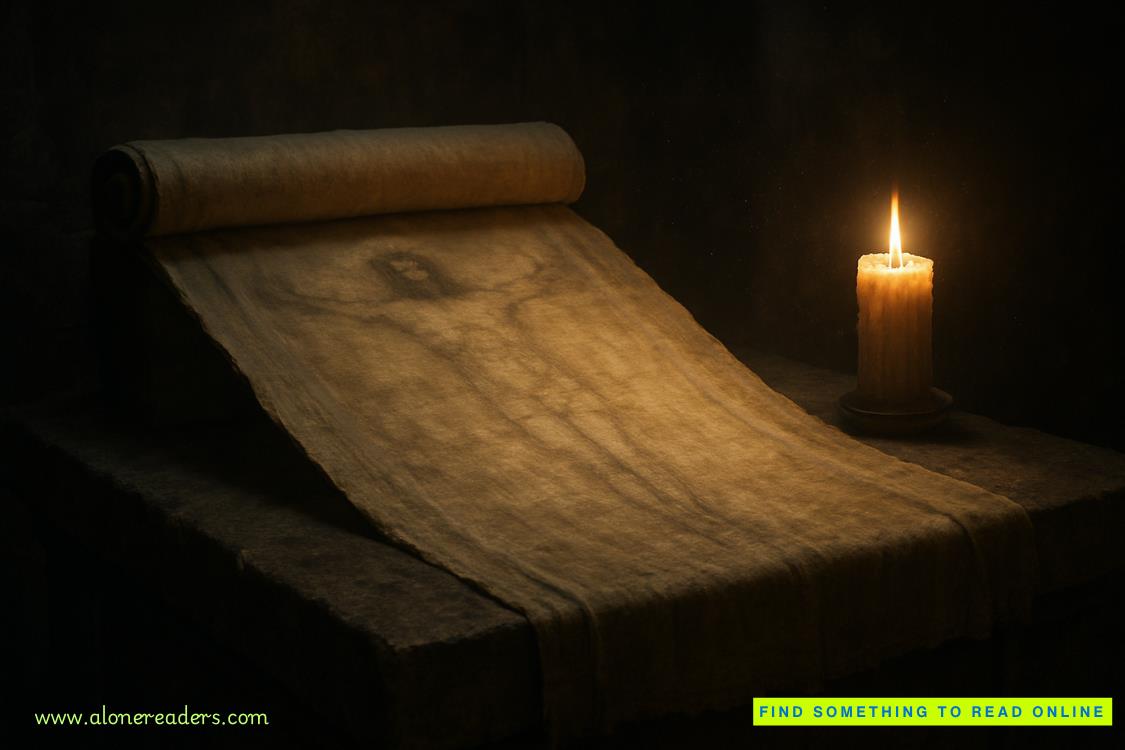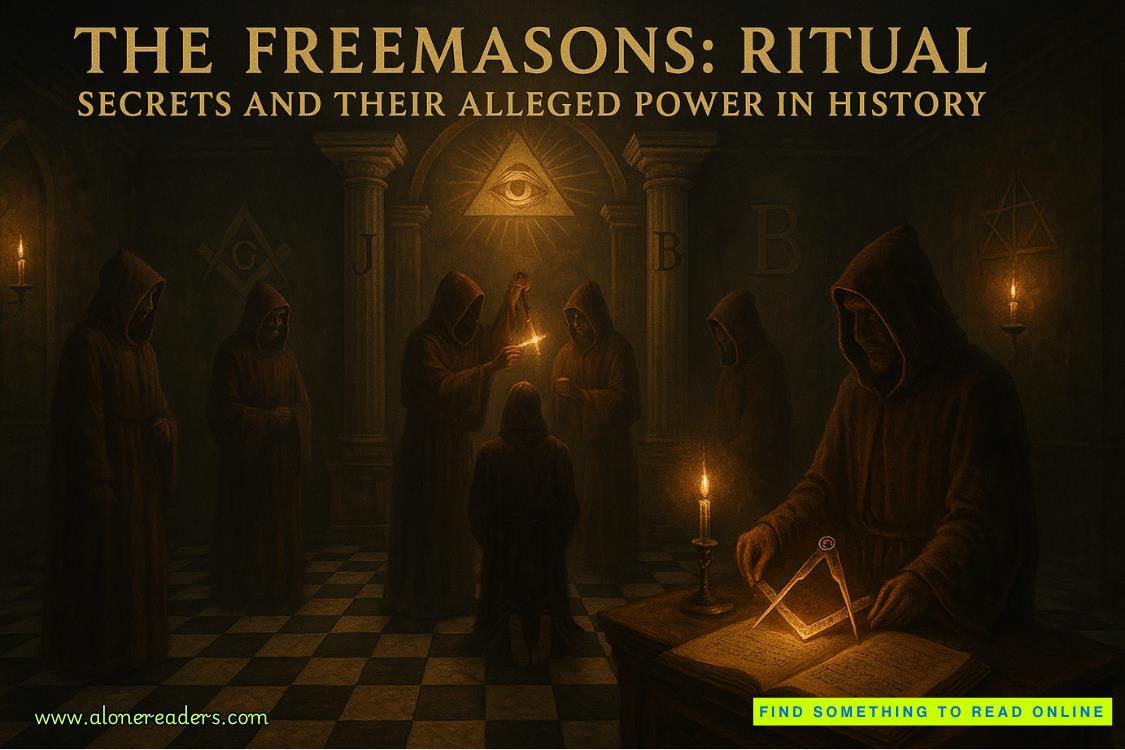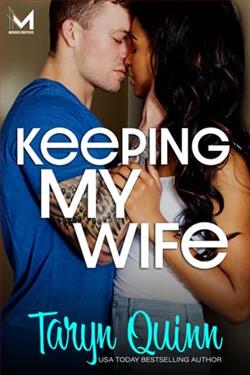Page 19 of Aim for Love
Then spotting a perfect rock, I pick it up.
Mollie is still eying me when I approach her with it. “Do you journal? You talk like someone who’s figured out their thoughts.”
Extending the rock to her, I nod. “Cheaper than therapy.”
She takes and examines it.
“When you release the rock, you want to let it kind of roll off your fingers. Like this.” I demonstrate with my hand without throwing the stone. “Actually,” I add, and pick up another rock. “Why don’t you try it once first and let me see what we’re working with.”
She makes a face, but gamely hands me her paper coffee cup and takes the rock.
I don’t use the phrase “throws like a girl”—it really means “throws like someone who’s never been taught how”—so I don’t apply it to Mollie’s attempt. She doesn’t turn her body and she throws overhand, so the rock sinks in the water like…well, like a stone.
She makes a face when she turns back to me. “Not good, huh?”
“Did you never play sports growing up?”
She shakes her head. “Shows, huh?”
“This is another simple muscle memory thing. Once we train your muscles on what they’re supposed to do, you’ll have a better chance of accurately throwing whatever you want. Axes, balls, rocks.”
Her eyes brighten, my favorite thing in the world. I love when people get excited about potential learning, and that goes double for Mollie. In the golden light that’s going to make us put on our sunglasses soon, her eyes are brilliant.
“Really?” she asks.
“Really. It does take some practice. And starting gradually, so you don’t hurt yourself and set your progress back.” We start there, with me showing her how to throw with her body instead of only her shoulder.
I use my hands, with permission, to show her how to twist her whole body and step forward with her non-dominant leg and then follow through with the throw. “If you do it right, you can put all the energy from your entire body, from your feet up to your hand, into your throw. That’s called kinetic linking.”
She confesses, “I don’t really get it.” But she keeps practicing, showing me how she’d turn into it without throwing yet.
“Then let it go when it’s going the direction you want,” I tell her, once I think she’s got the turning motion down.
She gives me a face like I’ve overwhelmed her with directions.
“Do you want to pause and eat your muffin?” I suggest.
“Yes!” She almost bounces when we walk over to a bench to sit down. She’d talked about how good this muffin was when we went on the bike outing. She made it sound like the best thing she’d ever eaten, so I had to get one for myself.
And it’s good, I guess, like everything from Dorothy’s is good. She gets some of her pastries from the Arnauds and bakes the rest in-house so they’re all handmade.
The best part about it is watching Mollie enjoy hers. “People always talk about how good the food is in cities,” she sighs, licking crumbs off her fingers. “But there’s something about food in a small town. At leastthissmall town. Do you think it’s the air?”
“It’s made with love,” I offer, fully aware it’s cheesy. “And not by a machine.”
“That must be it!”
I let her enjoy her crumbs in the quiet. There are few people walking around yet this morning and the air is chilly and still. It’s nice hanging out with her. Eventually, I ask, “Ready to give it a try?”
Nervously, she nods. She bites her lip.
“You might not get it the first time, but you can keep trying,” I reassure her. “We have plenty of time.”
She does not, in fact, get it the first time. I keep coaching her, showing her on a few stones of my own. I can tell she’s getting discouraged after the fourth or fifth attempt. She’s releasing her stones too early or too late, not turning her body enough, or forgetting to step forward on one leg. Her brain hasn’t quite latched onto the concept of channeling energy.
“Try using your left hand to point at where you want the rock to go,” I suggest. “And then throw the rock when you’re aiming that direction.”
She tries it, putting all my tips together, and the rock skips once before it sinks. She shrieks. “I did it!”















